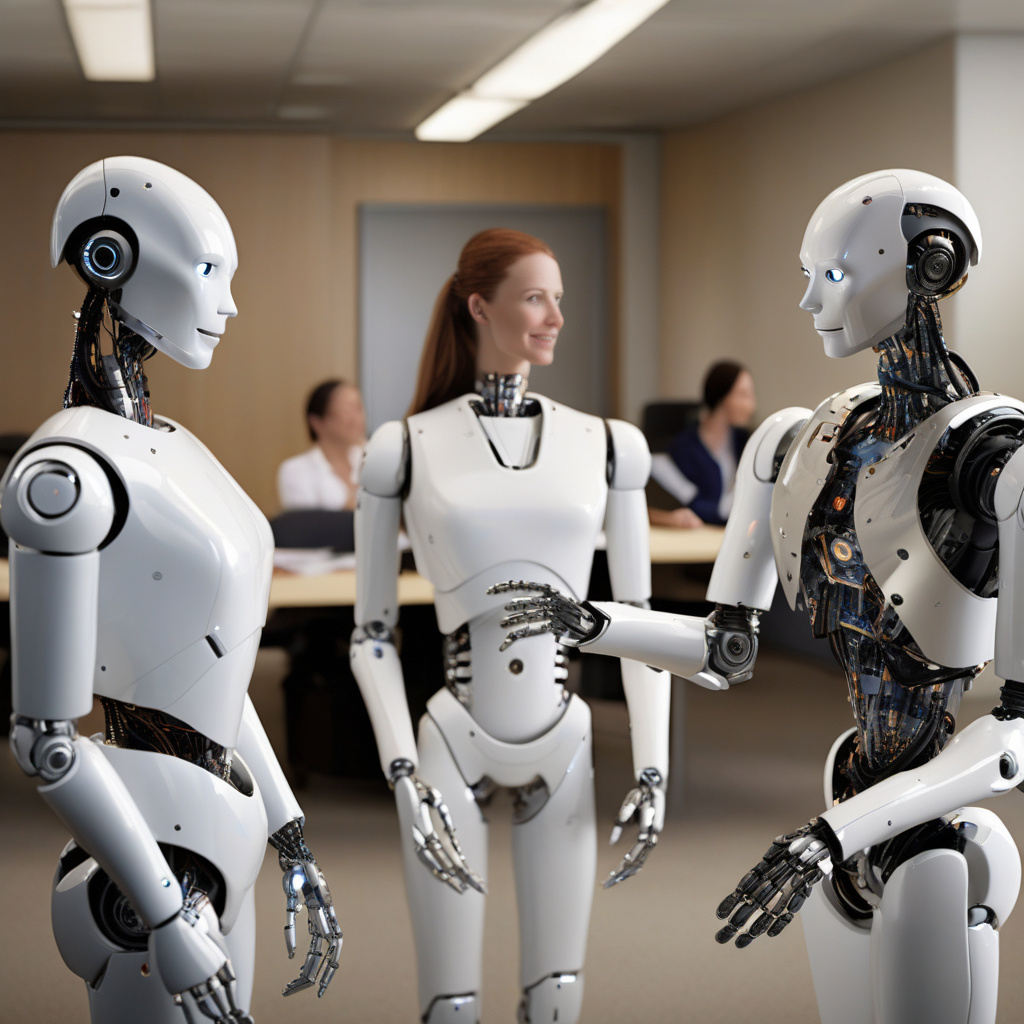Are Humanoid Robots The Future Of Work – Or The Next Tech Bubble Waiting To Burst?
Remember the days when robots looked like C-3PO from “Star Wars” and existed only in sci-fi movies? It’s safe to say that we’ve come a long way since then. Humanoid robots are no longer confined to the realms of fiction; they are becoming an integral part of our reality, especially in the workplace.
The concept of humanoid robots in the workforce sparks a debate among experts and enthusiasts alike. Some herald them as the future of work, revolutionizing industries with their efficiency and versatility. Others, however, raise concerns about the potential risks and limitations that come with integrating humanoid robots into various job roles.
At the heart of the discussion lies the question: Are humanoid robots poised to enhance productivity and streamline operations, or are they merely a technological fad that will eventually fizzle out, much like the infamous dot-com bubble of the late 1990s?
Proponents of humanoid robots argue that these advanced machines can take on repetitive tasks, freeing up human workers to focus on more strategic and creative endeavors. For instance, in manufacturing plants, humanoid robots can handle assembly line operations with precision and speed, reducing errors and increasing output.
Moreover, humanoid robots equipped with artificial intelligence (AI) capabilities can learn and adapt to new situations, making them valuable assets in dynamic work environments. They can analyze vast amounts of data in real-time, enabling companies to make informed decisions promptly.
On the other hand, skeptics point out the challenges associated with humanoid robots, such as high initial costs, complex maintenance requirements, and potential job displacement. As these robots become more sophisticated, there are concerns about job automation leading to unemployment in certain sectors.
Additionally, the ethical implications of humanoid robots in the workplace raise important questions about data privacy, security, and human-robot interaction. Ensuring that these robots adhere to ethical standards and do not infringe upon individuals’ rights is crucial for their widespread acceptance and integration.
In the grand scheme of things, whether humanoid robots represent the future of work or a tech bubble waiting to burst depends on how effectively we navigate these challenges. Finding the right balance between innovation and responsibility is key to harnessing the full potential of humanoid robots in the workplace.
As we stand at the crossroads of technological advancement, it is essential to approach the integration of humanoid robots with a discerning eye. While the allure of cutting-edge technology is undeniable, we must also consider the broader implications of our actions and strive to create a future where humans and robots coexist harmoniously.
In conclusion, humanoid robots have the potential to reshape the landscape of work as we know it. By leveraging their capabilities judiciously and addressing the associated risks proactively, we can pave the way for a future where humans and robots collaborate synergistically to drive innovation and efficiency. The choice is ours to make – will humanoid robots be the beacon of progress or a bubble waiting to burst?

